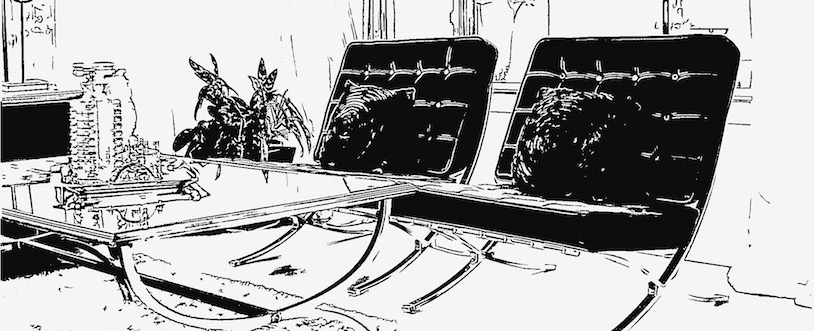Toronto Interior Design Tips for Decorating with Black
Interior Decorating Tips, Interior Design
November 7, 2015Black and brown are such classic shades for interiors, but there’s a certain way to use these colours to make them work without turning your home into a dungeon. Keep in mind that black is ideal for man-made materials, while brown works well on textures. Not sure how to work with these shades? Keep reading for more Toronto interior designer tips on using black and brown for the home.
The Boldness of Black and Subtlety of Brown
Black is sort of an in-your-face colour – it’s nearly possible not to notice it. This shade is awesome for creating an accent or featured wall in a space – anything you put in front of it will instantly be highlighted (depending its colour, of course). If you’re looking to make a bold statement in a room, black is it.
On the other hand, brown is much more understated, and crawls into the background rather than stands front and centre like black. Brown is the perfect choice for rooms with lots of textures and patterns. You’ll want to use browns on big pieces of furniture that don’t need to stand out.
Colour Pairings
Black is so bold that is really doesn’t need any other colours to help it stand out. In fact, you’d be well-advised not to use other strong colours in the presence of black. On the other hand, black and neutrals are a match made in heaven. Black has a way of highlighting the undertones of neutrals to add a sense of drama to a space. Adding black to a neutral space can really pack some major punch.
Brown, on the other hand, is soft enough that it can handle a punch of vibrant colour. Brown is actually a combination of a bunch of colours, with red and orange being the more prominent hues. For this reason, brown works really well in rooms that have a lot of bold colours, because it can successfully unify the space without screaming for attention.
Can You Mix Black and Brown Harmoniously? Yes You Can!
If you’re goal is to go contemporary, consider deep black with a gloss finish combined with browns with grey undertones. A tan hue can also be the ideal shade of brown to choose when your interior is more on the modern side.
For a more traditional colour scheme, make use of warmer browns and charcoal-blacks, and choose antiqued finishes to soften black’s typically harsh appearance. This is particularly important when you’re working on exteriors, where a softer black tends to be more traditional than true black is. Just avoid using brown paint on outdoor spaces, as it can look fake and cheesy compared to other surrounding items of nature. Black fabrics featuring multi-tones make black also look less minimalist and more welcoming.
If you are so bold as to mix both black and brown together in the same space, make sure that you allow only one of the colours to dominate. Trying to make both stand out will only lead to a confusing space. Allowing brown to stand out more than black is typically the safest choice, but as long as it’s done right, any proportion or ratio can work well. Just be sure that you throw in another neutral or two to act as a buffer so everything turns out nicely.
Still confused? Let Hope Designs show you precisely how to infuse black or brown – or both – to your home. Visit HopeDesigns.ca today!


